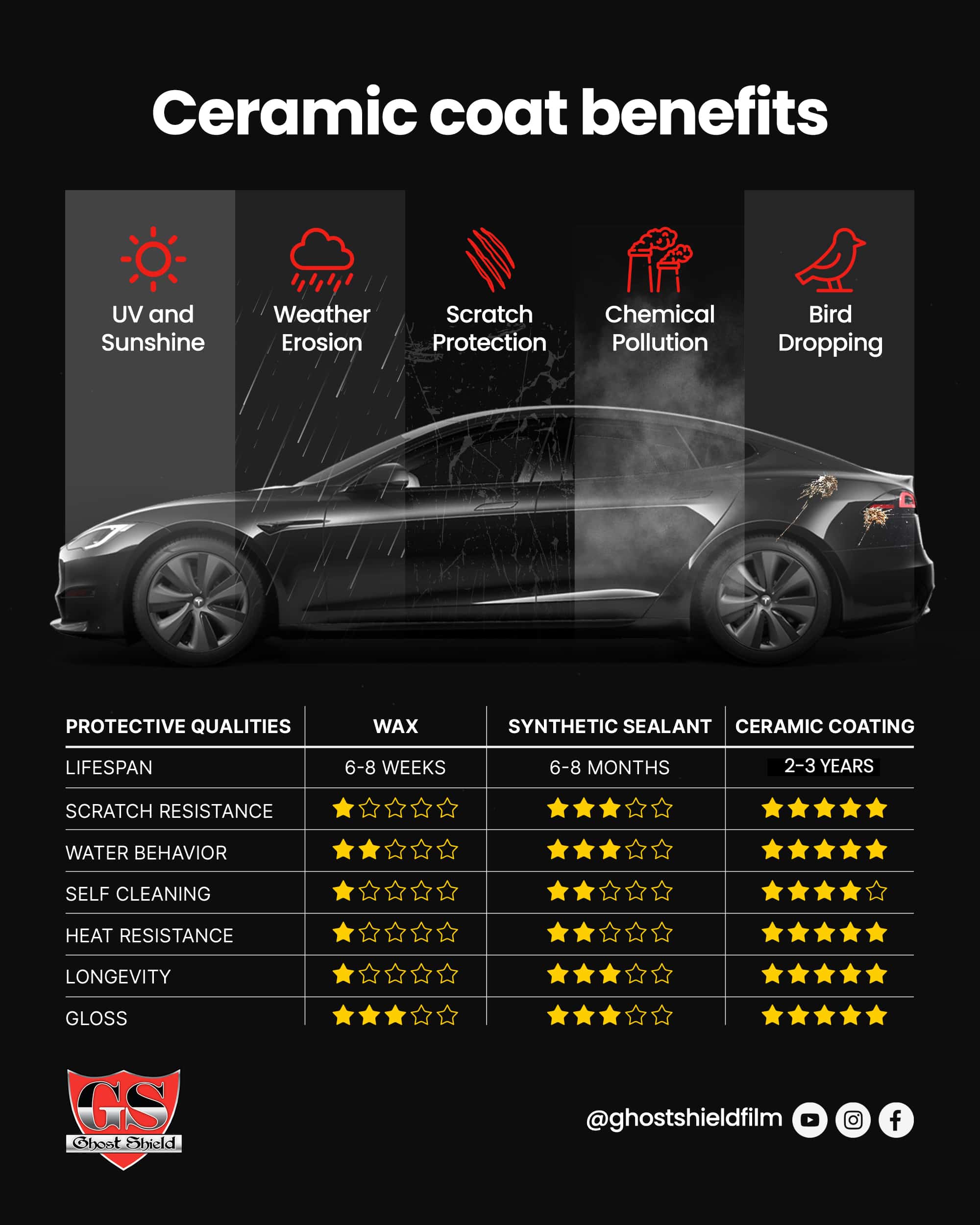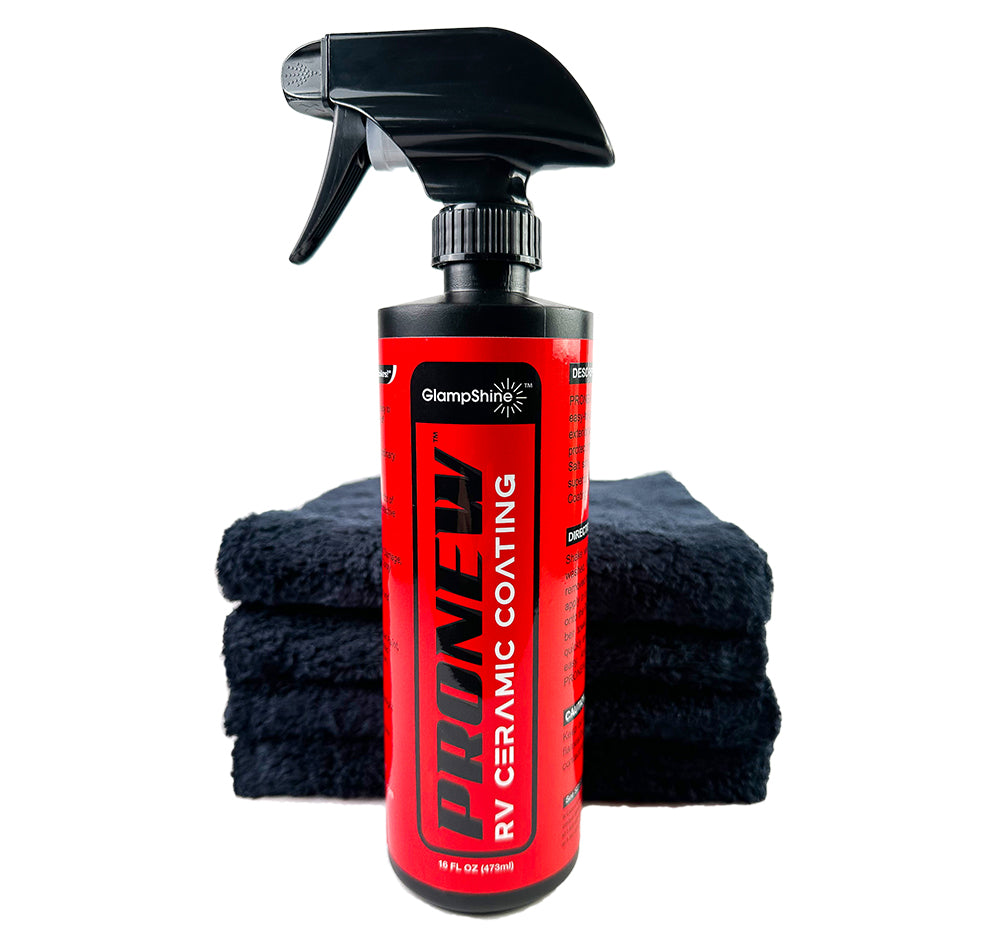Why Ceramic Finish Is the Ultimate Remedy for a Flawless Finish
Ceramic covering has emerged as a leading solution for those seeking a perfect finish for their vehicles, thanks to its impressive sturdiness and protective functions. This advanced liquid polymer not just bonds effortlessly with manufacturing facility paint however also supplies an awesome obstacle against typical dangers such as scrapes, UV rays, and toxic wastes. Additionally, its hydrophobic buildings streamline upkeep while boosting aesthetic appeal. Nevertheless, recognizing exactly how this innovation contrasts to typical techniques and discovering its application nuances can expose much more concerning its value. What variables absolutely set ceramic layer apart?
What Is Ceramic Finishing?

When applied properly, ceramic finishing creates a hydrophobic surface area that drives away water and dust, making it simpler to cleanse and preserve. Unlike typical waxes or sealants, which commonly supply temporary protection, ceramic coatings can last for several years, depending upon the item quality and application method. The procedure of using ceramic layer needs careful prep work, including detailed cleansing and in some cases paint adjustment, to guarantee ideal bonding and performance.
Ceramic coverings are not restricted to auto surface areas; they can likewise be utilized on various materials, including glass, steel, and plastics, offering a versatile remedy for boosting security. In general, ceramic covering represents a substantial advancement in surface area protection innovation, integrating both functional and aesthetic benefits for a vast array of applications.
Advantages of Ceramic Covering
While several surface protection alternatives exist, the benefits of ceramic layer attract attention due to its unique residential properties and lasting efficiency. One of the main benefits is its outstanding durability. Ceramic Coating Philadelphia. Unlike typical wax or sealants that require constant reapplication, ceramic layers provide a resistant layer that can last for several years, considerably reducing maintenance initiatives
Another noteworthy benefit is improved defense against ecological contaminants. Ceramic layers develop a hydrophobic surface that repels water, dust, and numerous contaminants, making it much easier to cleanse. This attribute not only protects the automobile's appearance yet also decreases the danger of deterioration and oxidation, specifically in severe climate conditions.
Moreover, ceramic finishings use superior resistance to UV rays, preventing fading and destruction of paint in time. This UV protection is important for maintaining the aesthetic value of automobiles and surfaces exposed to route sunshine.
In addition, the shiny coating achieved with ceramic coating boosts the overall aesthetic charm, offering surface areas a showroom-quality sparkle. In general, ceramic coatings stand for a significant development in surface security modern technology, providing enduring advantages that satisfy both practical and aesthetic needs.
How It Functions
Recognizing the science behind ceramic layers discloses exactly how they provide such exceptional protection and durability. At its core, a ceramic finishing is a liquid polymer that chemically bonds with the useful site vehicle's factory paint.
The application procedure entails multiple steps, including surface prep work, which is vital to achieving optimum bond. Once used, the covering undergoes a curing process, throughout which it solidifies and develops a semi-permanent bond with the paint surface area. This bond is what distinguishes ceramic layers from standard waxes and sealants, supplying a longer-lasting protective obstacle that can endure for years.
In addition, the density of the covering can improve its safety top qualities, making sure that it can hold up against severe conditions. Inevitably, the science of ceramic finishings incorporates innovative materials with ingenious application techniques to provide an unrivaled level of security and aesthetic enhancement for cars.
Comparison With Standard Methods
When contrasted to conventional paint security approaches such as waxes and sealers,The benefits of ceramic coatings become especially obvious. While waxes supply a short-lived sparkle, commonly lasting a couple of weeks to a number of months, ceramic coatings give a long-lasting protective layer that can withstand for a number of years. This resilience substantially lowers the regularity of reapplication, making ceramic finishes a more affordable remedy with time.
In addition, standard methods commonly require comprehensive prep work and numerous applications to achieve a satisfactory level of security. On the other hand, ceramic finishings bond at a molecular degree with the lorry's surface, producing a robust guard versus environmental impurities like UV rays, acid rain, and road salts. This bond boosts the lorry's resistance to scrapes and swirl marks, which are widespread with conventional waxes and sealants.
Moreover, the hydrophobic homes of ceramic layers repel water and dirt, leading to less complicated cleaning and upkeep. On the other hand, wax and sealant-treated surface areas can attract crud, demanding more regular cleaning - Ceramic Coating Philadelphia. In general, ceramic coatings not only offer superior defense yet additionally deliver an extra enduring and aesthetically appealing surface, establishing them as the preferred selection for discerning lorry proprietors
Application and Upkeep Tips

Making use of click reference a foam applicator, apply the finish in small areas, adhering to the producer's guidelines regarding density and overlap. Enable adequate curing time in between layers, typically 24 hr, to guarantee proper bonding. After application, it is important to avoid exposure to water or extreme components for at the very least a week to allow the covering to totally heal.
Furthermore, using a ceramic maintenance spray can enhance the covering's hydrophobic residential properties and durability. Normal examinations for any kind of indications of wear will help maintain the finishing's integrity and maintain that pristine surface.
Conclusion
In final thought, ceramic coating arises as a premium alternative for accomplishing a remarkable automobile surface. By creating a durable bond with factory paint, ceramic layer successfully shields versus scratches, UV rays, and ecological pollutants.
